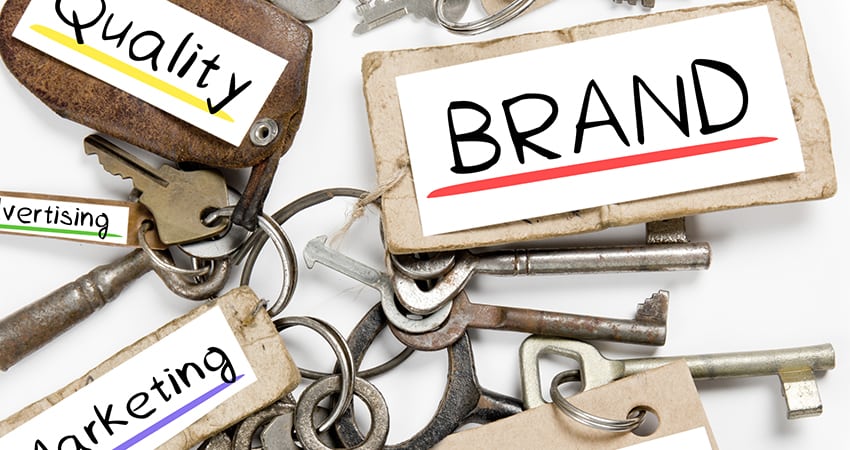We live in a time where you can purchase everything from toothpaste to high-end designer handbags online. Consumers, in theory, enjoy the convenience of online shopping. But the numbers don’t add up. Despite the fact that 80% of Americans shop online, 64% still prefer to shop in brick-and-mortar stores.
Consumers are seeking a better shopping experience overall, and consumer brands are taking note. Digitally native brands like Warby Parker and Bonobos are opening brick-and-mortar stores in an effort to better serve their customers and capitalize on the sales opportunity. Many consumer brands have the opportunity to sell through both brick-and-mortar retailers and ecommerce sites, reaping the benefits of both channels.
You might be wondering – if brands can sell through both channels, does it really matter how they dedicate their resources? Here’s why brands who got caught up in the ecommerce craze and are letting brick-and-mortar fall by the wayside should consider brick-and-mortar a crucial sales channel.
Gaining the Edge Through Education
Selling through physical stores presents a unique opportunity for brands to educate their customers. Drive customers to stores with the promise of a seamless, engaging in-store experience, then staff those stores with brand associates who are equipped to answer all their questions—and who can enthusiastically explain why your brand is better than the rest.
When it comes to driving sales, investing in education adds up. A leading apparel and accessories brand that increased on-brand field agent presence in stores saw a direct correlation between the number of consumers educated per visit and higher sales. In fact, the brand saw a 94% increase in average units sold when 10+ consumers were engaged in-store, versus 0-5 consumers engaged.
And one CPG brand that invested in educating store associates found that when 3+ associates were properly trained on that brand, sales dollars per store increased by $226—an 85% jump.
Once consumers are in-store, brands can also upsell them on additional products they might like. 70% of consumers buy more if they try on a product—an opportunity that’s largely lost online. If shoppers aren’t seeing your other products, or seeing the product quality firsthand, that’s a lost opportunity for growth from existing customers.
Taking Loyalty to the Next Level: In-Store Drives Higher Online
Creating an in-store experience that impresses shoppers will also go a long way toward creating longstanding customers that interact across all of your channels. How? The physical store offers a multi-sensory opportunity to introduce your brand and win customers. Online shopping may be convenient, but it’s transactional and lacks the one thing that shoppers crave: interaction with a knowledgeable, entertaining human being.
A whopping 67% of Gen Z customers say they shop in a brick-and-mortar store most of the time, so it is possible to get them off the couch. That said, mediocrity doesn’t sell. 66% say product quality and availability are the most important factors when it comes to choosing between brands, and 52% will transfer loyalty from one brand to another if their experience isn’t up to par.
So how can brands ensure their products stand out and compete? By mixing the basics—like having ample stock and solid quality—with engaging, interactive in-store experiences that showcase those key factors.
Using retail intelligence technology to guide field agents on the ground, a leading footwear brand found that by offering innovative—and genuinely fun!—in-store opportunities, they empowered store associates and drove stronger, more authentic consumer engagement. The brand incentivized associates and connected with consumers offering gifts with purchase, prizes, and swag. This opened up better communication between associates and consumers, allowing associates to expand upon value, selling features, and easy availability of products—and it helped drive sales and brand loyalty along the way.
The results? By viewing the store as their customer acquisition channel, smart brands win customers and then leverage that win across channels. Data consistently shows store interactions drive higher traffic to ecommerce over the long haul and that the average purchase across channels is higher. Just as ecommerce presents benefits, so does brick-and-mortar retailing—and the benefits are even bigger and better.
Gina Ashe is CEO of ThirdChannel

